Can Fish See Color?

The short answer: Yes. Fish have been on the earth for over 450 million years, and they’ve adapted to their aquatic environments to use a myriad of senses to find food, recognize their species, and keep away from predators. One of those senses is sight, of course, and as anglers it’s important to learn what they can see and what they tend to look for in the water so we can present the correct fly at the right time in the right way.
It’s important to understand that our eyes are entirely different from a fish’s eyes. They see different spectrums of light and polarization, which makes the colors they see appear differently than what we see.
Let’s talk about a fish’s sight, color perception, and how it pertains to the sport of angling.
Color Changes Underwater
Color is perceived differently underwater. It has a different makeup than air, stopping specific wavelengths of light from passing through it as it does through air. For example, the red you see above water will look slightly different than the red you see underneath the water.
And, the color changes the deeper you are in the water column. At a depth of 10 feet, roughly 60% of light is reflected or absorbed by the water. At 33 feet, almost 85% of total light is reflected or absorbed. The deeper you go, the only wavelengths of light that can penetrate are deep blacks, greys, and blues. Most fly fishermen aren’t fishing at depths of 33 feet, but that orange wooly bugger would start to look grey at that depth.

For example, if you’re fishing deep, maybe offshore saltwater fishing, you may need to use fluorescent colors to get a fish’s attention. Fluorescent color has a shorter wavelength, which is easier to reflect light in deeper water. Fluorescent colors also reflect UV light (which is invisible to humans) considerably better than other colors on the spectrum.
What Do Fish See?
Fish rely on other senses than sight in many cases, but what they see is very specific to what they need to see. A good example is freshwater fish versus saltwater fish. Scientists have studied both and learned that freshwater fish can see more than saltwater fish.
Because they’re often cruising in expansive, open waters, saltwater fish need to use senses like smell or sense vibrations in the water to cover large distances. Their vision only comes in handy when they are near to their prey or food source, where they’ll use their vision to see slight color differences from the background and their target. This is why a saltwater guide will tell you to drop a fly right in front of a redfish’s mouth—otherwise they’ll miss it.
Alternatively, freshwater fish can see better underwater than saltwater fish. They need to track down food and sense predators in dirty, murky water, and low light, so they’ve adapted to do so. That’s why a largemouth bass or a musky may cover 10-20 feet to nail the fly or lure. But, regardless of the environment, it’s best to remember that fish will hone in on movement and smell first, then use their sight as a final test before committing.
Fly Color Suggestions
First and foremost, for our freshwater fly fishermen out there, when you are tipping over rocks to find midges and larvae, keep the rock underwater and match the color you see. Your goal is to match the fly as the fish see them, and the midge or larvae color will change from what it looks like underwater compared to above water.

Remember to try and position yourself in the eyes of the trout, bass, or bonefish. Choose a fly that would stand out in those backgrounds, but also looks natural. This is a constant balancing act—you want the fish to notice your fly, but not be spooked by it either. If you’re fishing in clear water for wary trout, it’s sometimes good to play it subtle. If you’re fishing stained water for bass, you can probably be less subtle with color and movement.
If you’re trying to bring fish up towards the surface, black and other dark colors stand out the best because they’ll create a clear silhouette against the daylight. If you’re fishing deeper in the water, fish are relying more on color so you may need a brighter, more fluorescent fly.

Fish Use All Their Senses
Remember that fish have more senses than just eyesight, and it’s often the last sense they use to find potential food. They smell and feel vibrations in the water and normally track nearby food sources using those different senses, and when they do use their sight, it’s often based on movement instead of color. That’s why many anglers will tell you to mix up your retrieve before you mix up your fly choice. It’s all about movement and placement.
But, if fish are coming in to check out your fly and then bailing, maybe it’s a color problem. If you’ve been trout or crappie fishing before, you know that a red fly or a black fly may be the difference maker. So, don’t be afraid to test out different options.
While sight may not be a fish’s first line of attack, it’s still an important aspect of angling. The more you study your favorite species, the better you’ll be at matching their food source in the right conditions. If you’re interested in learning more about how to flyfish, subscribe to our email newsletter. We are putting together more fly fishing resources to help you slay on the water!


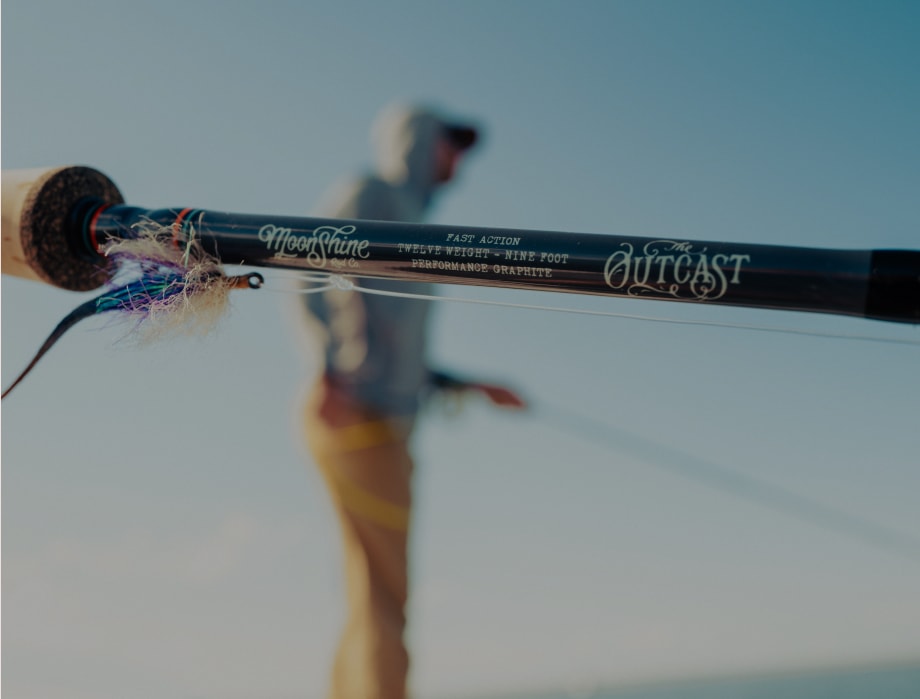
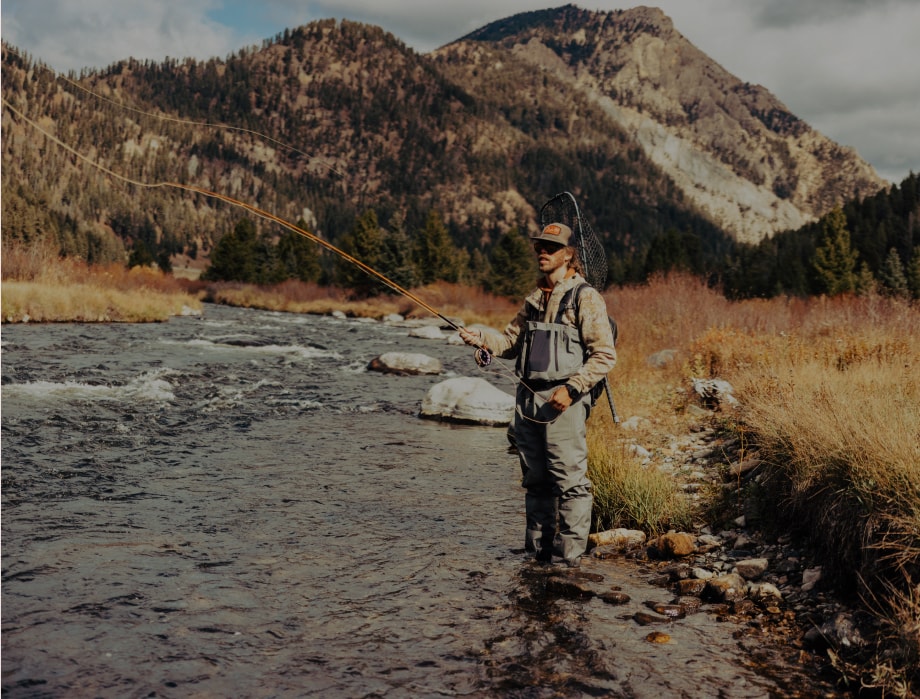
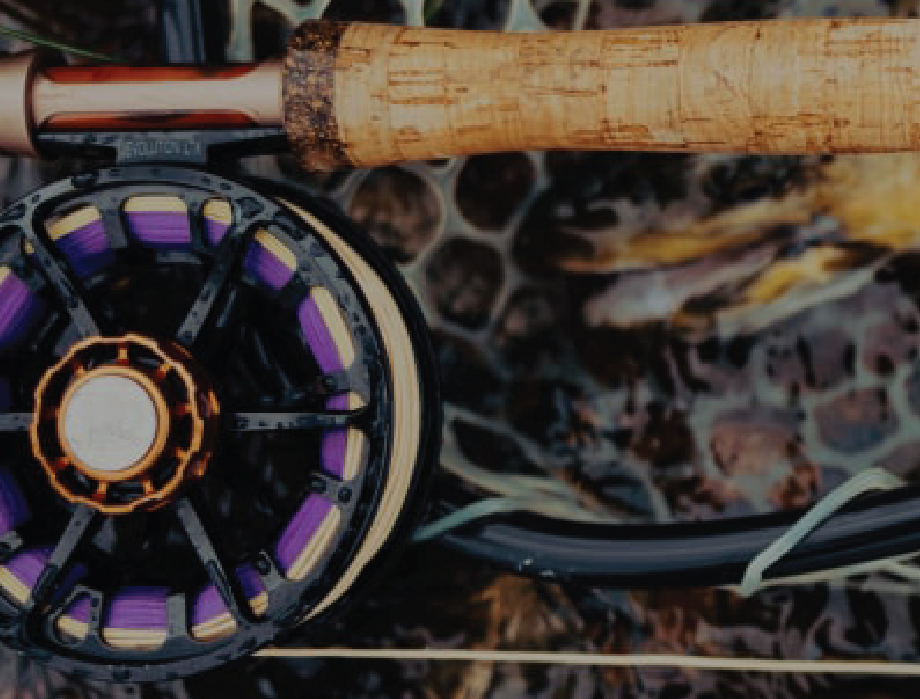


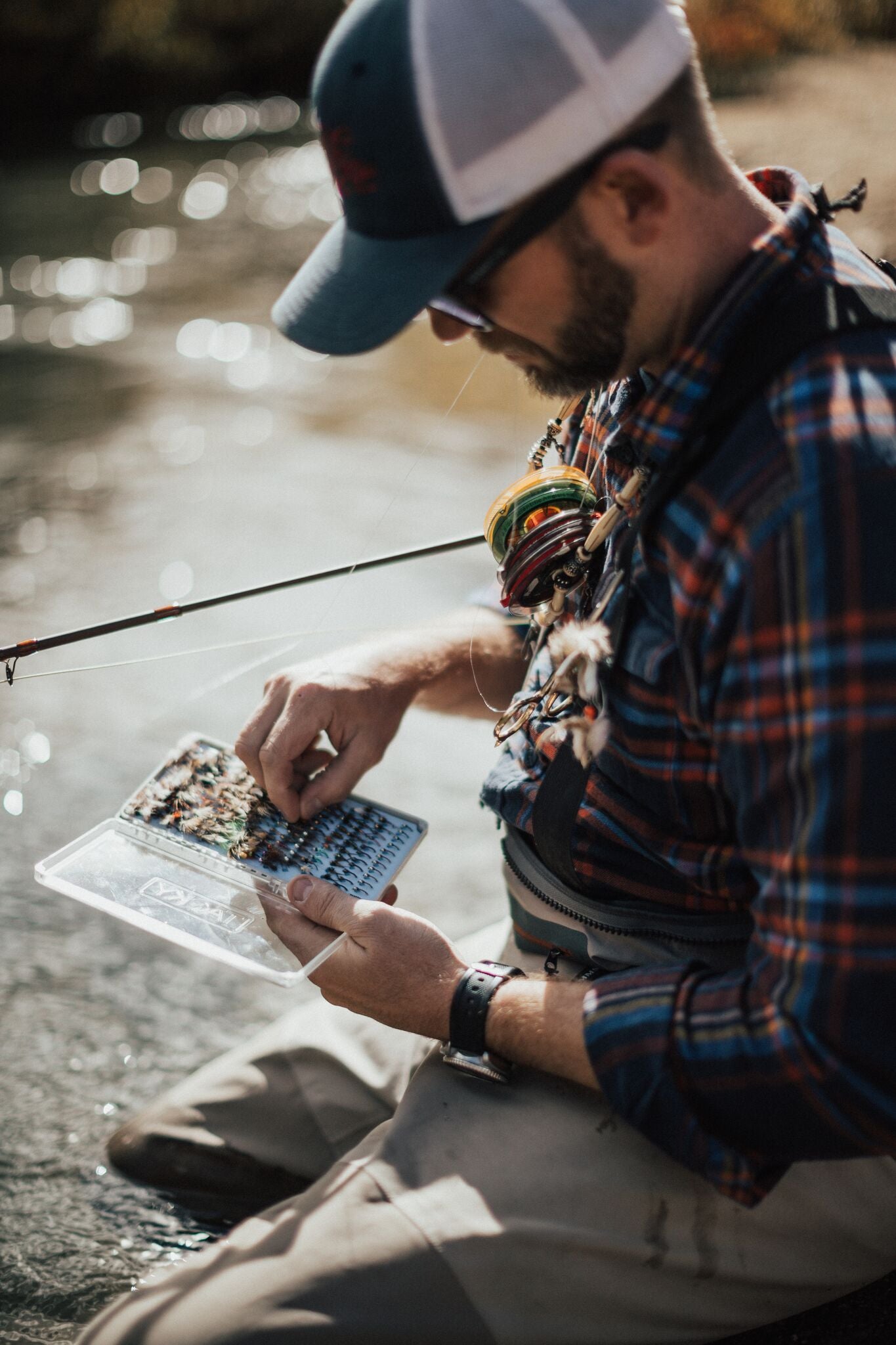

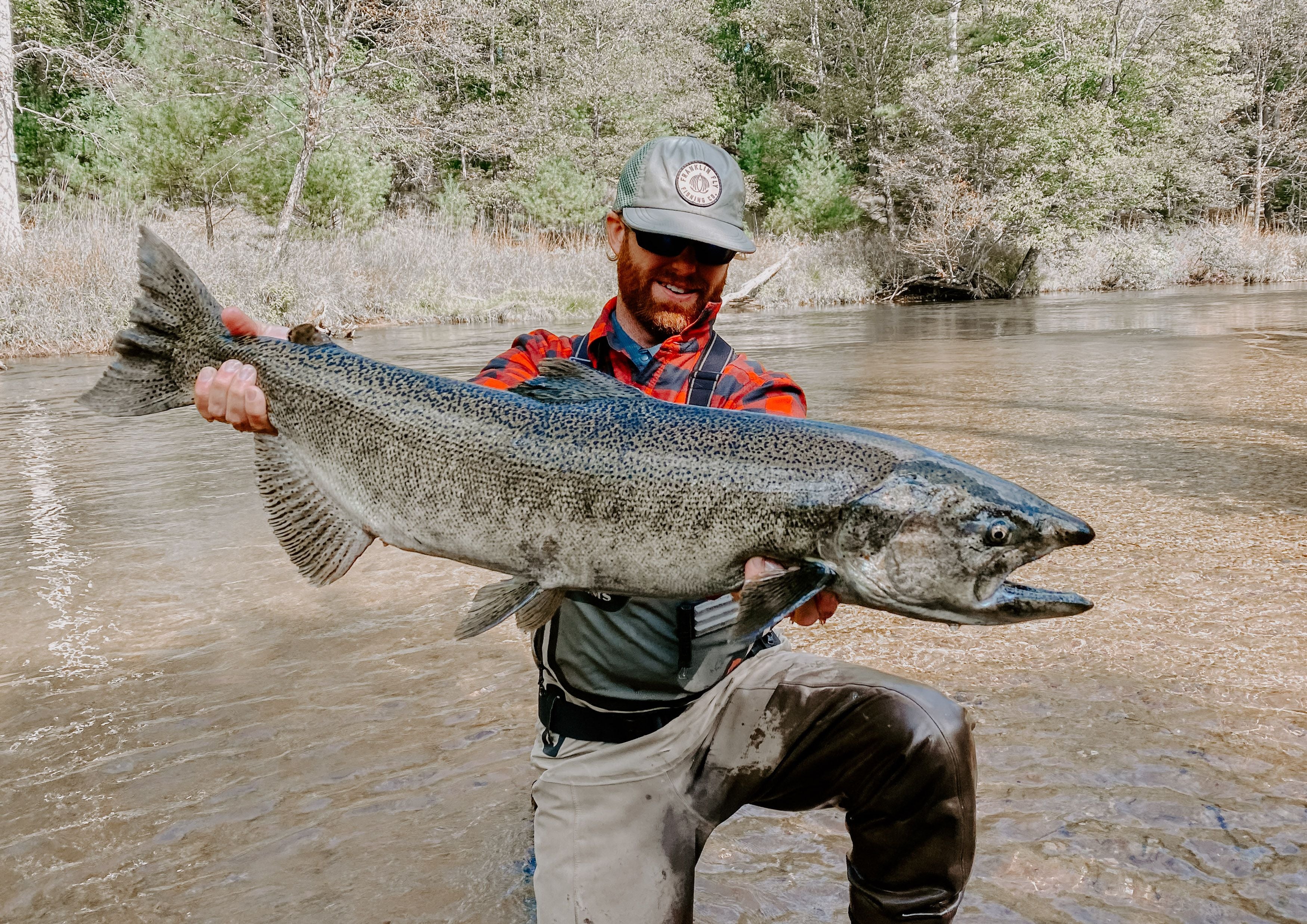
1 comment
Seth
Hey guys…been looking at the vesper 10’6”3 weight. What are the improvements from my 10’6” epiphany rod?
Leave a comment
All comments are moderated before being published.
This site is protected by hCaptcha and the hCaptcha Privacy Policy and Terms of Service apply.